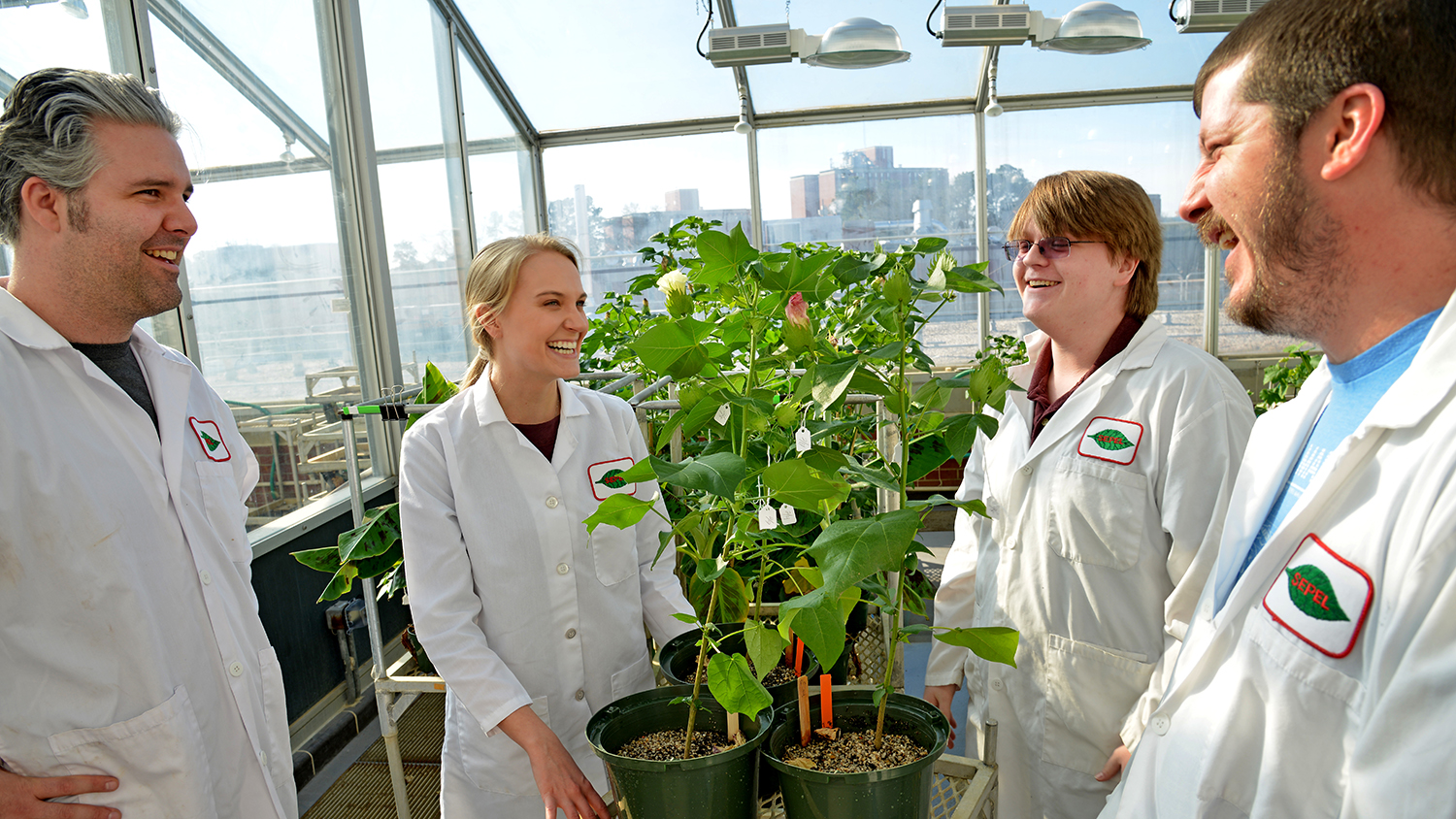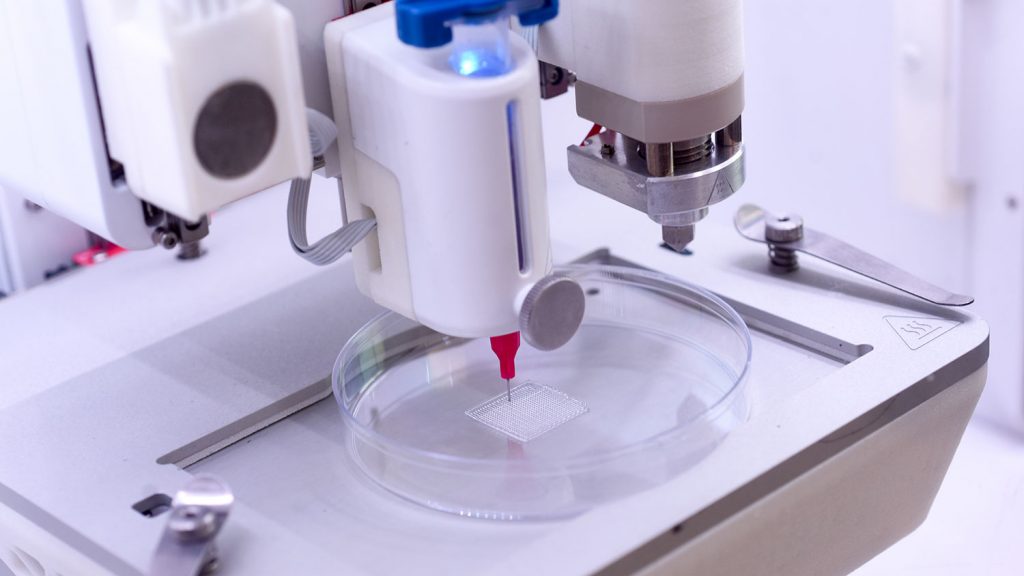North Carolina, USA
August 19, 2019
Source

Plant biologist Ross Sozzani says her field is in need of a new revolution, and it’s taking root at NC State.
In the 1960s, the first green revolution began with the introduction of fertilizers and pesticides. Today, the second revolution — focused on genetics, genomics and enabling technologies — must accommodate a global population that’s projected to reach 9.8 billion by 2050.
Major agricultural innovation is needed to meet the world’s ever-increasing need for food, fuel and fiber. And Sozzani has set her sights on an innovative way to get there: 3D-printed plants.
Her ultimate goal is to build plants with specific, enhanced agricultural traits. By harnessing the precision of 3D printing, her team may be able to engineer plants that are, for example, more nutritious or more drought-resistant.
This is game-changing plant science. Nobody else is doing this.
This technology — called bioprinting — has been applied to everything from bones to blood vessels, but NC State researchers are the first to apply it to plants.
“Bioprinting has been a disruptive technology for tissue engineering in animals. We can 3D-print an organ or a heart. It’s not unforeseeable that we can 3D-print a plant with all the agronomical features we want,” Sozzani says.
“This is game-changing plant science. Nobody else is doing this.”
Printing Better Plants
Sozzani’s interest in exploring 3D-printing technology led her to Tim Horn, an assistant professor in mechanical and aerospace engineering and Director of Research at NC State’s Center for Additive Manufacturing and Logistics.
In 2015, the two researchers launched a collaborative project with a specific goal in mind.
“We were seeking a disruptive approach to redesign and engineer plants in a different way,” Sozzani says.
Their work was supported through a grant from the North Carolina Agricultural and Life Sciences Research Foundation in the College of Agriculture and Life Sciences, and a National Science Foundation CAREER grant focusing on plant stem cell regulation.
Related

Homegrown Innovation
The North Carolina Agricultural and Life Sciences Research Foundation supports research with high-risk, high-reward commercialization potential.
Learn more
Sozzani and Horn’s team isn’t printing entire plants. Instead, they start with a plant’s building blocks: stem cells. Over time, those cells give way to roots or shoots and eventually, a fully formed plant.
Traditional 3D printers construct an object by laying down successive layers of materials, all under the control of a computer. 3D bioprinting applies the same principles. But instead of printing with materials like metals or plastics, a bioprinter creates patterns using living cells as its ink.
We can 3D-print an organ or a heart. It’s not unforeseeable that we can 3D-print a plant.
Sozzani and Horn isolate stem cells, taken from the plant Arabidopsis, and precisely distribute those cells layer by layer to form a living, three-dimensional structure.
They’re essentially creating a plant’s blueprint. And the arrangement of the stem cells within the structure is key. Based on where they’re positioned, individual cells will go on to have different purposes. Some will form the plant’s vascular system, some will form the plant’s epidermis, and so on.
By using highly precise 3D bioprinters, researchers can position stem cells in the right place, at the right time.
“You can change the geometry of things in an extremely precise, high-resolution and automated manner,” Sozzani says.

A 3D bioprinter in Rohan Shirwaiker’s lab at NC State’s Biomedical Partnership Center deposits plant stem cells in arrangements determined by a computer.
Now, her team is working to find out if they can use that process to engineer plants with specific, predefined traits.
The way Sozzani and Horn see it, it would work something like this: Using a 3D bioprinter, their team could deposit more of the stem cells that, for example, give rise to a plant’s vascular cells. Ideally, the presence of those extra cells would produce a plant with a larger vascular system, which would be more resilient during water shortages.
Watching collaborations blossom
As the project has evolved, Sozzani says she’s greatly benefitted from NC State’s diverse network of expertise.
Alongside Horn, she connected with Rohan Shirwaiker, an associate professor in the Edward P. Fitts Department of Industrial and Systems Engineering, to gain a better understanding of tissue engineering.
Her team of computational biologists can create a mathematical model that captures data about the arrangement of stem cells, and then uses artificial intelligence to predict what kind of plant that arrangement might produce.
Source